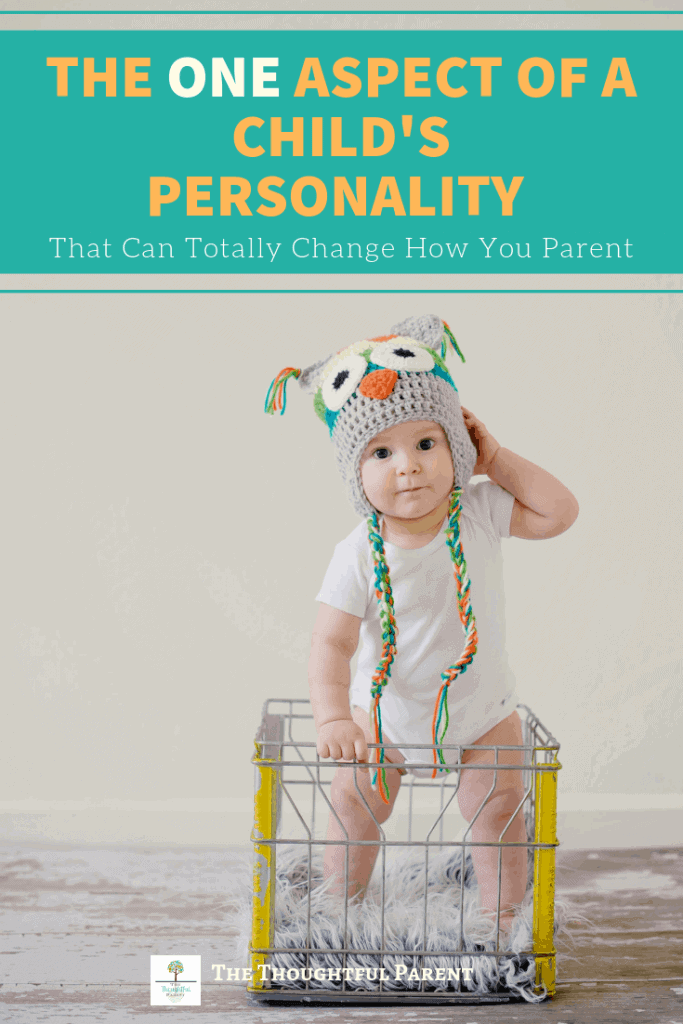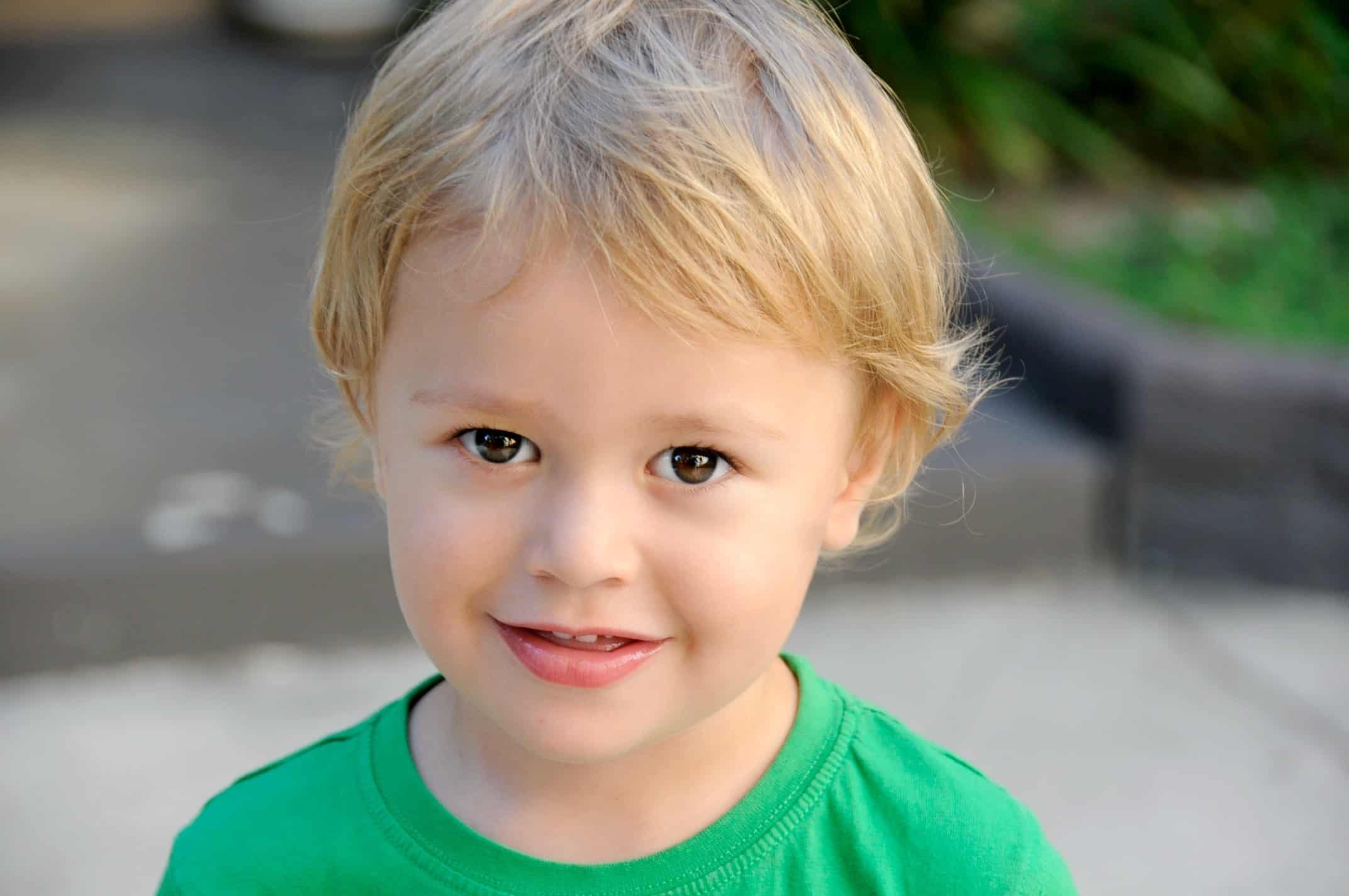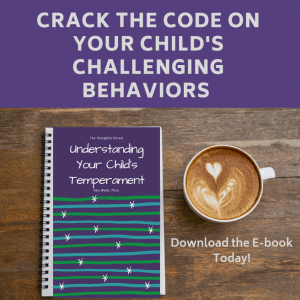[ad_1]
{A elementary overview of temperament in children and the operate it performs in infant enchancment}
What’s Temperament and The place Does it Come From?
The phrase ‘temperament’ is heard heaps in any circle of parents, caregivers, or lecturers discussing children. Most dad and mother perhaps have a fantastic sense of their infant’s temperament. You normally hear dad and mother describe their infant as any person who ‘needs some time to warmth up’ or is ‘filled with energy.’
Nonetheless what does temperament really indicate and the place does it come from? Possibly most importantly, how does temperament have an effect on how dad and mother and youngsters work collectively? As I started scripting this, I seen there was an extreme quantity of information to include in just one publish so that’s the main of a two-part assortment on infant temperament.
 *This publish incorporates affiliate hyperlinks. Shopping for by these hyperlinks helps help this weblog at no added worth to you
*This publish incorporates affiliate hyperlinks. Shopping for by these hyperlinks helps help this weblog at no added worth to you
Although most people have a method of what temperament is, the evaluation on this topic is broad and various. Some researchers have utterly totally different definitions of what temperament is and what options of habits should or should not be included on this assemble. Listed below are a lot of the necessary ideas regarding temperament which have developed over the earlier 40 years or so.
Inside the Nineteen Sixties and 70s researchers, Alexander Thomas and Stella Chess carried out a primary study by which they outlined 9 dimensions of temperament.
- train diploma—energy diploma of the child
- approach-withdrawl—how infant preliminary responds to a model new setting
- mood—infant’s regular tendency to be blissful or unhappy
- rhythmicity—how frequent are the child’s bodily/natural patterns (e.g., consuming, sleeping)
- persistence—infant’s potential to stay with a difficult job
- consideration span—infant’s potential to cope with one job for a measurement of time
- adaptability—infant’s potential to manage to changes in routine
- threshold—infant’s potential to cope with exterior stimuli (e.g., loud noises)
- depth—infant’s tendency to emotionally react strongly or a lot much less strongly to events
- distractibility—the diploma to which a toddler is certainly distracted from a job or train
Based on these dimensions, Thomas and Chess characterised children into one amongst three courses of temperament: “troublesome,” “easy,” and “sluggish to warmth up.”
Of their study, 65% of kids could very effectively be categorised into one amongst these courses, so one different class of “unable to classify” was created for the remaining 35%. Thomas and Chess found that of their preliminary study:
40% of the children fell into the “easy” class,
10% into the “troublesome” class and
15% into the “sluggish to warmth up” class.
Later, these researchers acknowledged that these classifications should be thought a lot much less as discrete courses nonetheless additional of a continuum alongside which children fell. So a toddler is normally not clearly “troublesome” or clearly “easy” nonetheless someplace alongside the continuum from “troublesome” to “easy.”

Totally different, extra moderen researchers have outlined temperament significantly in any other case. They focus additional on two primary dimensions: 1) emotional or attentional reactivity and 2) self-regulation. So what do these indicate?
Reactivity focuses on the child’s responses to stimuli. These stimuli may each be exterior (e.g., a loud noise) or inside (e.g., feeling offended).
Self-regulation refers again to the infant’s potential to deal with his/her reactivity in quite a few circumstances. Do these sound acquainted? As you may even see, the variations between these dimensions and folks utilized by Thomas and Chess are very refined and there seems to be a lot of overlap.
Related finding out: The Art work and Science of Elevating a Delicate Boy {with out crushing his spirit}
So this supplies us a standard understanding of what researchers indicate after they use the time interval “temperament.” Nonetheless the place does temperament come from? Is it genetic or one factor found as we experience life?
Actually, in science there are infrequently easy black-and-white options to questions like this. Scientists are literally merely beginning to uncover the potential natural components of temperament by means of using new thoughts imaging know-how (see this video for an fascinating check out this new evaluation). Although most researchers agree that there is a minimal of some genetic or natural basis for temperament, the operate of the setting and life experience might be important. In fact, the expression of temperament is greater than possible a combination of every natural and environmental choices, or what researchers identify “gene-environment” interactions.
Want to find methods to father or mom collectively together with your infant’s temperament (in its place of combating it). Receive this e-book and learn the way:
That is good when you think about it. You most likely have a bent to have a additional inhibited temperament, it should have an effect on the sorts of circumstances you expose your self to because of the reality that you’re going to not likely really feel cosy in every state of affairs. This experience with the setting will then extra type your habits and persona. This distinct interaction between genes and the setting may be what lastly makes each of us distinctive individuals.
Interested in your infant’s temperament? Take the temperament quiz and be taught additional!
 Chime in!
Chime in!
Goldsmith, H. H., Buss, A. H., Plomin, R., Rothbart, M. Okay., Thomas, A., Chess, S., Hinde, R. A., & McCall, R. B. (1987). Roundtable: What’s temperament? 4 approaches. Toddler Development, 58, 505-529.
Pin and share with totally different thoughtful dad and mother:

[ad_2]
Provide hyperlink

